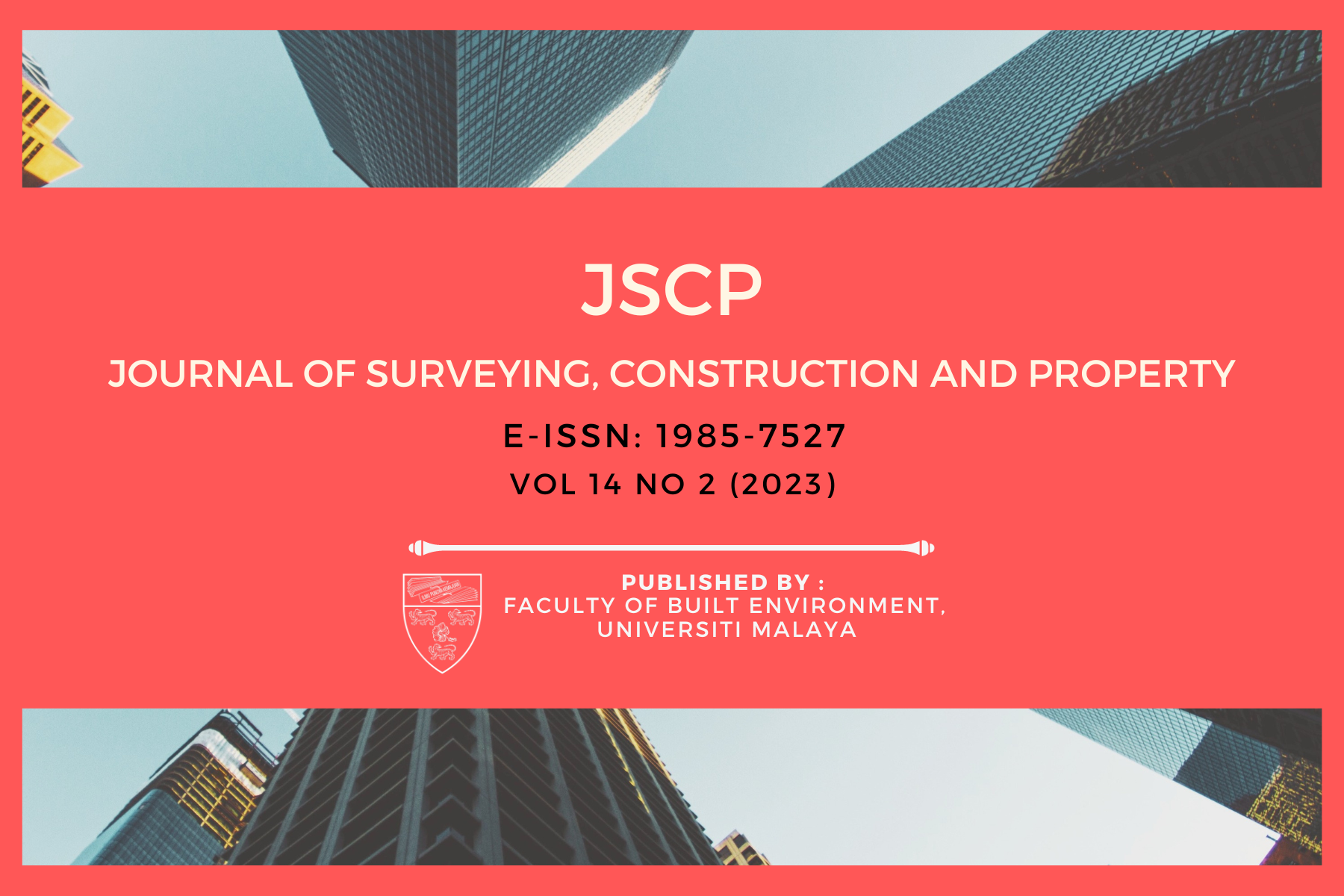COMPARATIVE ANALYSIS BETWEEN GPS-BASED FIELD DIGITAL TERRAIN MODEL WITH TANDEM- X 90M, ASTER AND SRTM DIGITAL ELEVATION MODELS
Main Article Content
Abstract
This study compared the vertical accuracy of existing satellite’s Digital Elevation Model (STRM, ASTER) and the latest satellite remote sensing height data set TanDEM-90m. ASTER and STRM have vertical accuracies of ± 20m and ± 16m, respectively. TanDEMX-90m was processed before use, and the RMSE range of 19-20m was confirmed for TANDEM X 90m. The result of the study shows that ASTER DEM performed better than the rest of the global digital elevation models. The SRTM error of 4m between the first and second locations may be due to systematic error due to slightly different versions of SRTM used for processing. The TANDEM X 90m had the same resolution but performed poorer in positional fitness. The study found that digital elevation models have different resolutions and accuracy levels. Tandem-X90m has a resolution of up to 3 meters, while Aster and SRTM have 30 meters. GPS-based field digital terrain models provide higher accuracy, while Tandem-X90m has a 10 cm accuracy. The models cover a limited area, making them suitable for high-resolution elevation data. The data collection methods used by the models, such as SAR sensors, also affect their accuracy and resolution. Based on the above comparative analysis, it can be recommended that the GPS-based field digital terrain model is suitable for high-accuracy and high-resolution elevation data in a limited area. Tandem-X90m is suitable for high-resolution elevation data in a limited area but is expensive. Aster and SRTM are suitable for global-scale studies but have lower accuracy and resolution.
Downloads
Article Details
COPYRIGHT. All rights reserved. No part of this journal may be reproduced, copied or transmitted, in any form or by any means, electronic, mechanical, photocopying, and recording or otherwise without proper written permission from the publisher. Any opinion expressed in the articles are those of the authors and do not reflect that of the Universiti Malaya, 50603 Kuala Lumpur, Malaysia
